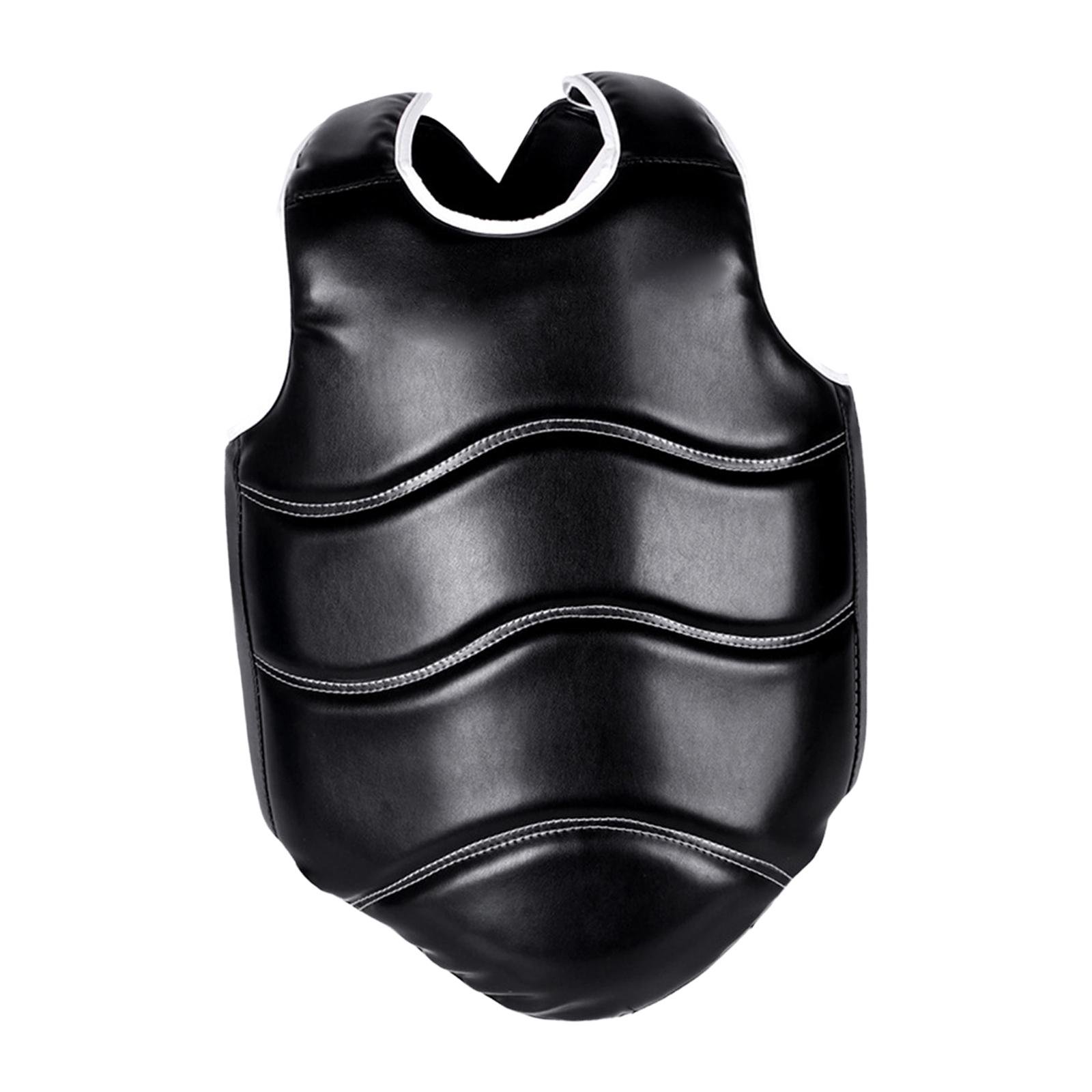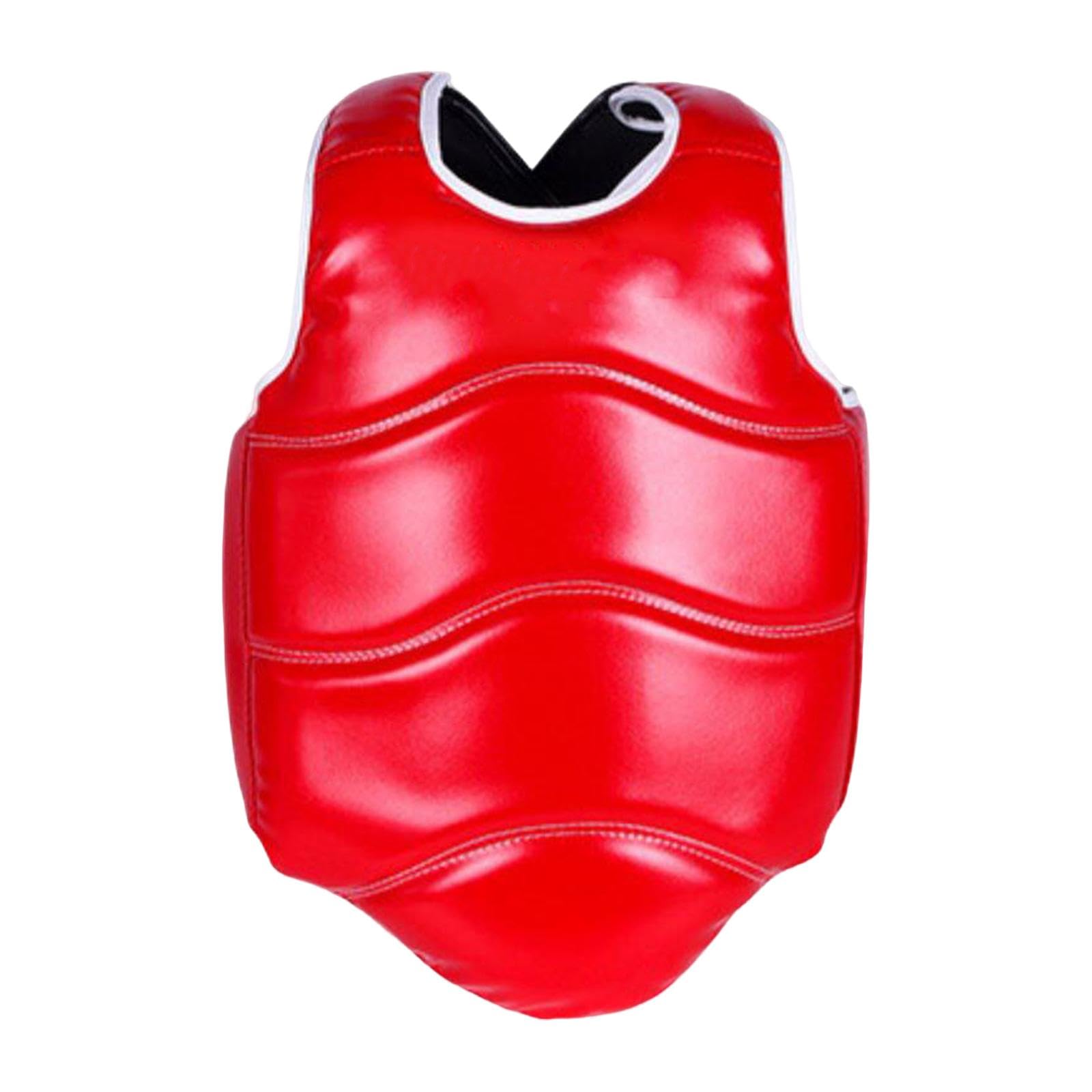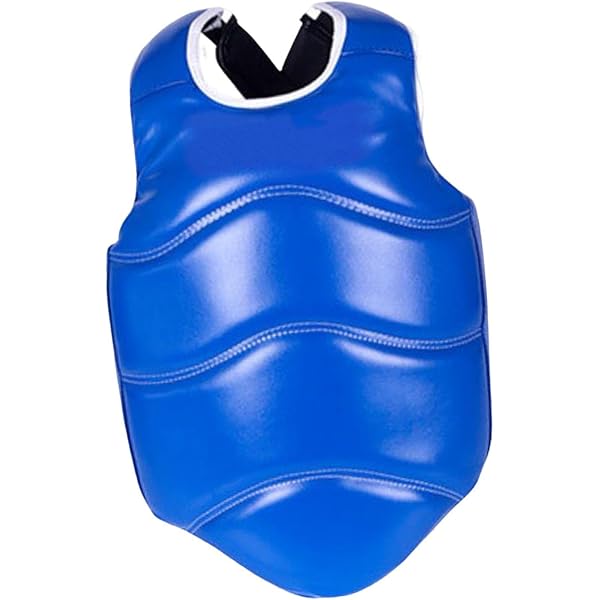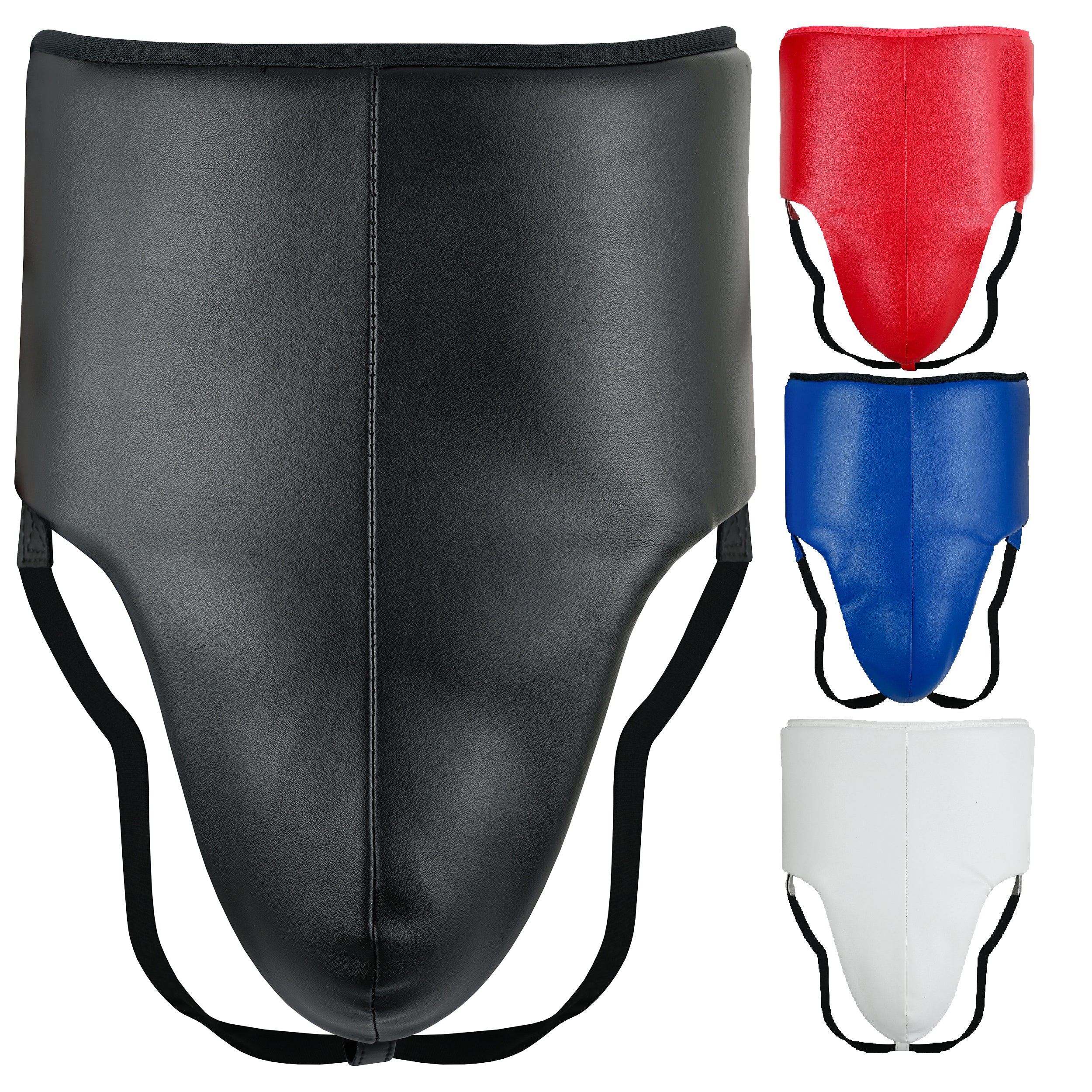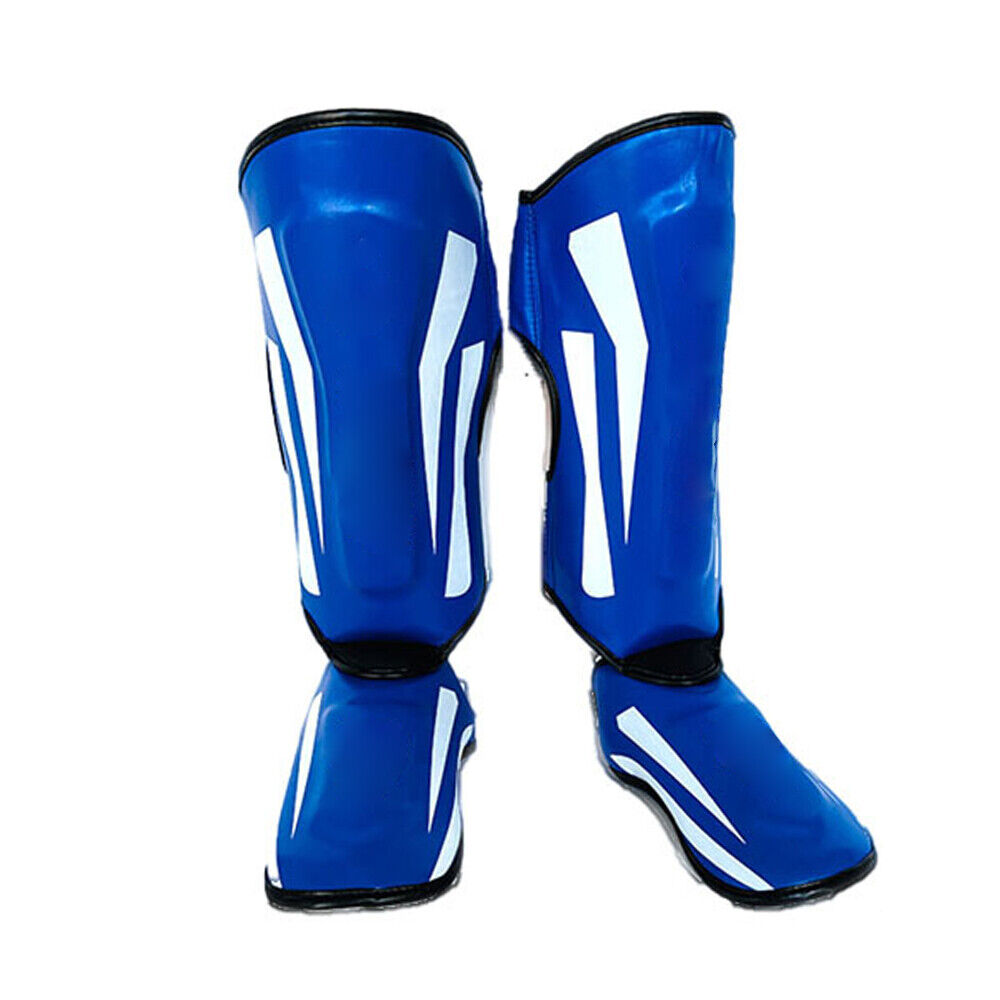Boxing Protective Gear
Ainullah Sports: Your Professional Boxing Protective Gear Manufacturer in Pakistan!
Why Choose Us?

Wide Products Range
We cover a wide range of products, including boxing protective gear, boxing glove, and boxing accessories.

High Quality
Advanced processing and high standard quality control system make our products outperform others.

Advanced Equipment
We own advanced and professional production equipment, involving printing machines, stamping machines, sewing machines, and mold opening machines.

Broad Market
Our products are sold in various parts of China, with a cumulative sales volume of over 20 million people. Boxing gloves, in particular, are well-known in the Chinese market.
What Is Boxing Protective Gear?
Boxing protective gear refers to the equipment used to safeguard a boxer’s body from injuries during training or matches. Since boxing involves high-impact strikes, the gear is designed to cushion blows, protect vital areas, and prevent cuts, bruises, and other injuries. Both professional and amateur boxers use protective gear, but its use can vary depending on the situation (e.g., sparring vs. competition).
Main Functions of Boxing Protective Gear:
- Impact Absorption: Reduces the force of punches and strikes.
- Injury Prevention: Minimizes the risk of cuts, bruises, fractures, and more severe injuries.
- Support: Stabilizes vulnerable areas such as wrists, hands, and ankles.
- Comfort & Safety: Ensures boxers can train or compete more safely without compromising performance.
Key items in boxing protective gear include gloves, hand wraps, mouthguards, headgear, groin protectors, and chest guards. These are tailored to protect specific body parts and help maintain the boxer’s safety in the ring.
What Are Common Types of Boxing Protective Gear?
Boxing protective gear is essential for safety during training and matches. Common types of boxing protective gear include:
1. Boxing Gloves
- Purpose: Protects both the boxer’s hands and the opponent’s body or face from injury.
- Types:
- Training Gloves: For general training, like hitting heavy bags.
- Sparring Gloves: Heavier, providing more padding to reduce injury during sparring.
- Competition Gloves: Lighter and more streamlined for professional fights.
2. Hand Wraps
- Purpose: Secures the hands and wrists, providing stability and reducing the risk of fractures or sprains.
- Usage: Worn underneath gloves to cushion the knuckles and support the wrist.
3. Headgear
- Purpose: Protects the head from cuts, bruises, and light impacts, especially during sparring.
- Usage: Typically used in amateur boxing or during sparring sessions, not in professional matches.
4. Mouthguard
- Purpose: Protects the teeth, jaw, and mouth from impact.
- Types: Custom-fit mouthguards (more comfortable and effective) or boil-and-bite types.
5. Groin Protector
- Purpose: Protects the lower abdomen and groin area from low blows or stray punches.
- Usage: Worn by both male and female boxers during training and matches.
6. Chest Protector (for women)
- Purpose: Protects the chest area, especially in women’s boxing.
- Usage: Mostly used in training or amateur matches.
7. Shin Guards
- Purpose: Protects the shins, though this is more common in kickboxing or Muay Thai rather than traditional boxing.
8. Elbow and Forearm Guards
- Purpose: Protects elbows and forearms during training, especially when blocking punches.
- Usage: Not common in traditional boxing but may be used in training.
9. Boxing Shoes
- Purpose: Provides ankle support and enhances movement inside the ring.
- Usage: Lightweight with good grip for better footwork.
Each piece of gear is essential for protecting against injury, ensuring a safe and effective training or competition environment.
What Are Benefits of Boxing Protective Gear?

Boxing protective gear offers several benefits, helping to enhance safety, performance, and longevity in the sport. Here are the key advantages:
1. Injury Prevention
- Reduces Impact: Gloves, hand wraps, and headgear absorb and disperse the force of punches, reducing the risk of injury to both the boxer and the opponent.
- Protects Vulnerable Areas: Mouthguards shield the teeth and jaw, while groin protectors and chest guards safeguard sensitive regions from damaging strikes.
2. Extended Training Time
- Minimizes Wear and Tear: With proper gear, boxers can train more frequently without suffering from minor injuries or fatigue, allowing for longer training sessions and faster skill development.
3. Boosts Confidence
- Psychological Safety: Knowing that they are protected helps boxers spar and train more confidently, allowing them to focus on techniques without fear of injury.
- Improves Performance: A sense of security enables boxers to engage fully, improving their footwork, combinations, and overall movement in the ring.
4. Legal Compliance
- Required for Competition: In many organized boxing matches, especially in amateur and youth leagues, wearing protective gear like headgear and mouthguards is mandatory for participation.
5. Better Focus on Skill Development
- Reduced Distractions: The gear limits minor cuts and bruises, allowing boxers to focus on learning and refining their skills rather than worrying about pain or injury.
6. Longevity in the Sport
- Protects Long-Term Health: Consistent use of protective gear, especially during sparring, helps reduce the risk of chronic injuries (e.g., hand fractures, brain trauma), enabling athletes to maintain their boxing career longer.
7. Improved Recovery
- Less Downtime Due to Injury: By preventing or reducing the severity of injuries, protective gear shortens recovery periods, keeping boxers in shape and ready for future training or matches.
8. Promotes Fair Play
- Equal Safety for Both Boxers: Gear like gloves and groin protectors ensures that both fighters are protected equally, contributing to a safer and more balanced competition.
In summary, boxing protective gear is crucial for maintaining a boxer’s physical health and mental focus, while also ensuring safety and fairness during both training and competitive events.

What Are Features of Boxing Protective Equipment?
Boxing protective equipment is designed with specific features to ensure safety, comfort, and performance. Each piece has characteristics that cater to different protective needs, allowing boxers to train or compete effectively without compromising their health. Here are some key features of boxing protective equipment:
1. Boxing Gloves
- Padding: Multiple layers of foam or gel padding to absorb shock and reduce the impact of punches.
- Wrist Support: Tight closure systems, often Velcro or lace-up, to support the wrist and prevent sprains.
- Weight Classes: Different weights (e.g., 10 oz, 12 oz, 16 oz) for different purposes like training, sparring, or competition.
- Material: Made from durable leather or synthetic leather for longevity and impact resistance.
2. Hand Wraps
- Elasticity: Stretchable fabric that provides snug support while allowing flexibility in hand movement.
- Length: Comes in varying lengths (e.g., 120 inches, 180 inches) to accommodate different hand sizes and wrapping styles.
- Breathability: Made from breathable materials like cotton to reduce sweating and improve comfort during prolonged use.
3. Headgear
- Shock Absorption: Thick padding around the forehead, temples, cheeks, and back of the head to absorb and disperse blows.
- Adjustable Fit: Straps and Velcro closures for a custom fit that stays in place during sparring.
- Vision Openings: Designed with open areas around the eyes to ensure clear vision without sacrificing protection.
4. Mouthguard
- Custom Fit: Moldable material (boil-and-bite) that can be shaped to the boxer’s teeth for a secure and comfortable fit.
- Jaw Protection: Absorbs shock and distributes impact away from the teeth and jaw, reducing the risk of concussions and fractures.
- Breathability: Designed to allow easy breathing even while the mouth is protected.
5. Groin Protector
- Hard Shell: A sturdy cup made from materials like plastic or metal to shield the groin area from impact.
- Padding: Surrounding foam padding for added comfort and to absorb shock from low blows.
- Secure Fit: Adjustable straps or elastic bands to ensure the protector stays in place during movement.
6. Chest Guard (for Women)
- Ergonomic Design: Contoured to fit the natural shape of the body, providing protection without hindering movement.
- Impact-Resistant Material: Made from foam or plastic to absorb punches to the chest area.
- Lightweight: Designed to offer protection while being light enough to avoid slowing down the boxer.
7. Shin Guards (in kickboxing or Muay Thai)
- Dense Padding: Thick foam to cushion blows to the shins, which are commonly used in kickboxing.
- Lightweight Design: Ensures protection without hindering mobility or speed.
- Straps for Security: Velcro or elastic straps to secure the guard in place, preventing it from slipping during sparring.
8. Boxing Shoes
- Ankle Support: High tops or mid tops to provide stability and protect the ankles from twisting.
- Lightweight: Made from breathable materials like mesh and leather to promote agility and fast footwork.
- Grip and Traction: Thin rubber soles designed to grip the ring surface, preventing slips while maintaining speed and movement.
9. Elbow and Forearm Guards (in training)
- Padding: Cushioned foam material to protect the elbow and forearm from direct impacts.
- Elastic Fit: Stretchy materials to provide a snug, non-restrictive fit that allows full range of motion.
Common Design Features Across Equipment:
- Breathability: Many items are made from materials that allow airflow, preventing excessive sweating and overheating.
- Lightweight: While offering protection, most gear is designed to be light to avoid hindering speed or performance.
- Durability: High-quality materials such as leather or synthetic leather ensure that the gear withstands regular use and impact.
- Adjustability: Straps, Velcro closures, or elastic bands allow a personalized fit for optimal comfort and security.
These features combine to provide a balance of protection, comfort, and mobility, allowing boxers to perform at their best while minimizing the risk of injury.
How to Put on Boxing Protective Gear?
Putting on boxing protective gear properly is essential for both safety and performance. Here’s a step-by-step guide on how to wear each piece of boxing protective gear:
1. Hand Wraps
- Step 1: Start by placing the loop of the wrap around your thumb, keeping the wrap’s seam-side down.
- Step 2: Begin wrapping around the wrist 3–4 times for support.
- Step 3: Wrap around your knuckles 3–4 times, ensuring they are well-cushioned.
- Step 4: Then wrap around the thumb once to protect it.
- Step 5: Cross back over the knuckles and wrap between each finger (optional but recommended for extra stability).
- Step 6: Finish by wrapping around the wrist again and securing the wrap with Velcro.
Tips: The wrap should be snug but not too tight. You should still be able to move your fingers freely.
2. Boxing Gloves
- Step 1: After wrapping your hands, slide them into the gloves, making sure your fingers fit comfortably inside the glove’s compartment.
- Step 2: Tighten the glove around your wrist using the Velcro strap or lace them up securely. The glove should feel snug but not constrictive.
- Step 3: Ensure the glove fits well around the knuckles for maximum protection and wrist support.
Tips: If you use lace-up gloves, it’s best to have someone assist you to tighten them properly.
3. Mouthguard
- Step 1: If using a boil-and-bite mouthguard, place it in hot water (per manufacturer instructions) to soften.
- Step 2: Once softened, place the mouthguard in your mouth and bite down firmly for several seconds to mold it to your teeth.
- Step 3: Remove and place in cold water to set the mold. Once hardened, reinsert the mouthguard before sparring or a match.
Tips: Make sure the mouthguard is comfortable and secure without impairing your breathing or speech.
4. Headgear
- Step 1: Slide the headgear over your head, positioning the padded areas around your forehead, cheeks, and the back of your head.
- Step 2: Adjust the chin strap and secure it comfortably under your chin.
- Step 3: Tighten the Velcro or strap at the back to ensure the headgear fits snugly and doesn’t move during movement or impact.
Tips: Ensure the headgear is not obstructing your vision and is tight enough to stay in place, but not so tight that it causes discomfort.
5. Groin Protector
- Step 1: Step into the groin protector like you would a pair of shorts.
- Step 2: Adjust the elastic waistband and straps to position the cup over the groin area.
- Step 3: Ensure the protector is securely in place and not moving during squats or punches.
Tips: Make sure the groin protector provides enough coverage and doesn’t restrict leg movement.
6. Chest Protector (for Women)
- Step 1: Put on the chest protector like a vest or sports bra, depending on its design.
- Step 2: Adjust the straps around your back to ensure a snug fit.
- Step 3: Make sure the protector covers the chest adequately without being too tight.
Tips: Ensure it allows enough range of motion for upper body movement and doesn’t shift during sparring.
7. Boxing Shoes
- Step 1: Slide your feet into the boxing shoes, ensuring your foot is fully supported.
- Step 2: Lace them up snugly, focusing on securing the ankle area for support.
- Step 3: Make sure the shoes fit comfortably without being too tight and allow for quick movements.
Tips: Ensure that your shoes provide both stability and flexibility for footwork.
8. Shin Guards (Kickboxing/Muay Thai)
- Step 1: Place the shin guard on your shin, aligning the padding over your shinbone.
- Step 2: Secure the straps or Velcro around the back of your leg to hold the guard in place.
- Step 3: Adjust the fit to ensure there is no movement or slipping while you are kicking or blocking.
Tips: The shin guards should feel comfortable but provide enough protection to absorb the impact.
By putting on your gear correctly, you ensure better protection, performance, and comfort during both training and matches. Always check that everything is fitted securely before stepping into the ring.
How to Maintain Boxing Protective Gear?
1. Boxing Gloves
- Air Dry After Use: Always air out your gloves after each use by leaving them in a well-ventilated area. Avoid leaving them in your gym bag as this traps moisture and promotes bacterial growth.
- Use Glove Deodorizers: Insert glove deodorizers (such as charcoal bags or newspaper) to absorb moisture and eliminate odors.
- Wipe Down Interiors: Use a damp cloth to wipe the inside of your gloves occasionally. For deep cleaning, use a mixture of water and vinegar or a mild antibacterial spray.
- Avoid Overexposure to Heat: Don’t dry gloves with a hair dryer or place them in direct sunlight, as heat can damage the material.
- Condition Leather: For leather gloves, use leather conditioner periodically to prevent cracking and keep the gloves supple.
2. Hand Wraps
- Wash After Every Use: Hand wraps absorb sweat, so wash them after each session. You can place them in a laundry bag to prevent tangling in the washing machine.
- Air Dry: Let them air dry completely before rolling them up. Avoid using a dryer, as heat may shrink or weaken the fabric.
- Roll Properly: Store hand wraps by rolling them neatly to prevent creases and make them easy to use for the next session.
3. Headgear
- Wipe Down After Use: After each session, use a disinfectant wipe or a damp cloth with mild soap to clean the surface. This prevents sweat and bacteria buildup.
- Air Dry: Let the headgear air dry completely after wiping it down. Do not store it in a closed gym bag, as moisture can lead to odor and bacteria growth.
- Check for Damage: Inspect the straps and padding regularly for wear or damage. If the padding becomes too compressed, it may be time to replace the headgear.
4. Mouthguard
- Clean After Every Use: Rinse the mouthguard in cold water after each use. Occasionally, soak it in a mouthwash solution or an antibacterial cleanser to remove bacteria.
- Store Properly: Keep the mouthguard in a ventilated case when not in use. Ensure the case is clean and allows air circulation to prevent mold growth.
- Replace When Worn: If the mouthguard becomes worn out or loses its shape, replace it immediately to ensure adequate protection.
5. Groin Protector
- Wipe Down After Use: Use a damp cloth with mild soap or an antibacterial wipe to clean the inside and outside of the groin protector after each use.
- Air Dry: Allow it to air dry completely before storing it. Don’t leave it in a closed bag, as trapped moisture can lead to odor and bacterial growth.
- Check for Wear: Regularly inspect the elastic straps and padding. Replace it if the elastic becomes too loose or if the padding deteriorates.
6. Chest Protector (for Women)
- Wipe and Air Dry: After each use, wipe the chest protector with a damp cloth and let it air dry. Avoid storing it in humid environments.
- Hand Wash If Necessary: If the chest protector has a fabric covering, hand wash it occasionally with mild soap and water.
- Check Straps and Padding: Ensure the straps maintain elasticity and that the padding remains intact. Replace if they show significant wear.
7. Shin Guards
- Clean the Surface: After training, use a damp cloth to clean the outer surface of the shin guards, especially in areas that have absorbed sweat or come into contact with the mat.
- Air Dry Completely: Hang them up to air dry before putting them back into your gym bag.
- Check Straps: Ensure that the Velcro or elastic straps are secure and undamaged, as loose straps can reduce protection.
8. Boxing Shoes
- Wipe Down After Use: Use a damp cloth to clean the outer surface of your shoes after each session. Remove any debris from the soles to maintain good grip.
- Air Them Out: Leave them in a well-ventilated area to air out and dry after each use. This helps prevent odor and mold growth.
- Check Soles for Wear: Regularly inspect the soles for signs of wear and tear. Replace the shoes when the grip is reduced to avoid slipping in the ring.
General Tips for Maintaining Boxing Gear:
- Use Gear Bags with Ventilation: Store your gear in a breathable mesh or ventilated bag to allow air circulation and prevent moisture buildup.
- Regular Inspection: Check all gear regularly for signs of damage, such as frayed straps, worn padding, or compromised fit. Replace any gear that no longer provides adequate protection.
- Avoid Harsh Cleaners: Stick to mild detergents or antibacterial wipes. Harsh chemicals can degrade materials like leather or synthetic fabrics over time.
- Rotate Gear: If possible, rotate between two sets of gloves or wraps to allow each set time to fully dry between uses.
Proper maintenance of your boxing gear will not only keep it hygienic but also ensure its longevity, offering you continuous protection during training and competition.
How to Choose Boxing Protective Gear?
Choosing the right boxing protective gear is crucial for ensuring safety, comfort, and performance in training and matches. Here’s a guide on how to select each type of protective gear:
1. Boxing Gloves
- Weight: Choose gloves based on your weight class and the type of training (e.g., sparring vs. heavy bag). Common weights are 10 oz for competition, 12 oz for sparring, and 16 oz for training.
- Fit: Ensure the gloves fit snugly without being too tight. Your fingers should reach the end of the glove, and you should be able to make a fist comfortably.
- Padding: Consider the type of padding (foam vs. gel) based on your training needs. Gel padding tends to absorb impact better, while foam is more common for general use.
- Closure Type: Decide between Velcro (easy to put on and take off) and lace-up (provides a more secure fit but may require assistance).
2. Hand Wraps
- Length: Choose the length based on your preference and hand size; common lengths are 120 inches for smaller hands and 180 inches for larger hands.
- Material: Look for breathable, elastic materials that offer good support without restricting movement.
- Type: Decide between traditional wraps (long, need to be wrapped) and quick wraps (pull-on, less adjustable).
3. Headgear
- Fit and Comfort: Ensure the headgear fits snugly but comfortably without obstructing your vision or hearing. Look for adjustable straps for a personalized fit.
- Type: Choose between full-face (more protection) and open-face (better visibility). Consider your training level; beginners may prefer more protection.
- Padding: Look for adequate padding on the forehead, cheeks, and chin to absorb impacts. Ensure it is lightweight and breathable.
4. Mouthguard
- Type: Decide between boil-and-bite (custom mold) and pre-formed types. Custom mouthguards offer the best fit and protection.
- Thickness: Consider a thicker mouthguard for more protection, especially if you’re sparring or competing.
- Comfort: Ensure the mouthguard fits securely and allows easy breathing without causing discomfort.
5. Groin Protector
- Fit: Choose a size that fits securely and comfortably around your waist without being too tight.
- Material: Look for hard shells for maximum protection and soft padding for comfort.
- Design: Consider a design that allows for freedom of movement and won’t shift during training.
6. Chest Protector (for Women)
- Size and Fit: Ensure the chest protector fits snugly and covers the chest adequately without being too tight.
- Padding: Look for sufficient padding that absorbs impacts without restricting movement.
- Adjustability: Choose a protector with adjustable straps for a better fit.
7. Shin Guards (Kickboxing/Muay Thai)
- Fit: Ensure the shin guards fit comfortably over your shins, covering the entire area without being too loose.
- Material: Look for lightweight materials that still provide good protection.
- Closure Type: Choose between Velcro straps or slip-on designs based on your preference and ease of use.
General Tips for Choosing Boxing Protective Gear:
- Try Before You Buy: Whenever possible, try on gear to ensure it fits properly. This is especially important for gloves, shoes, and headgear.
- Research Brands: Look for reputable brands known for quality and safety standards. Reading reviews can also help you gauge the effectiveness of the gear.
- Consider Your Level: If you’re a beginner, prioritize safety with more padded options. As you progress, you may want to opt for lighter gear for better performance.
- Consult Coaches or Trainers: Seek recommendations from experienced coaches or trainers who can guide you based on your training needs and goals.
By carefully selecting boxing protective gear that fits well and meets your specific training requirements, you can ensure maximum protection and comfort during your boxing activities.
FAQ
A: Clean your boxing headgear immediately after use and always follow the manufacturer’s instructions:
- First, remove dirt, blood and debris
- Next, deodorize with vapor fresh cleaning spray
- Finally, allow to air dry before storing
A: Proper care and maintenance of your boxing helmet are crucial to ensure its effectiveness and durability. Here are some tips:
●Clean the helmet regularly with a damp cloth to remove sweat, dirt, and debris.
●Avoid using harsh chemicals or detergents, as they may damage the material or the padding.
●Store the helmet in a dry, well-ventilated place to prevent mold or mildew growth.
●Replace the helmet promptly if it shows signs of wear, damage, or deformation.
As one of the most professional boxing glove manufacturers and suppliers in Pakistan, we’re featured by quality products and good service. Please rest assured to wholesale customized boxing glove at competitive price from our factory.
Boxing Accessories
Boxing Protective Gear
Boxing Gloves
Products




